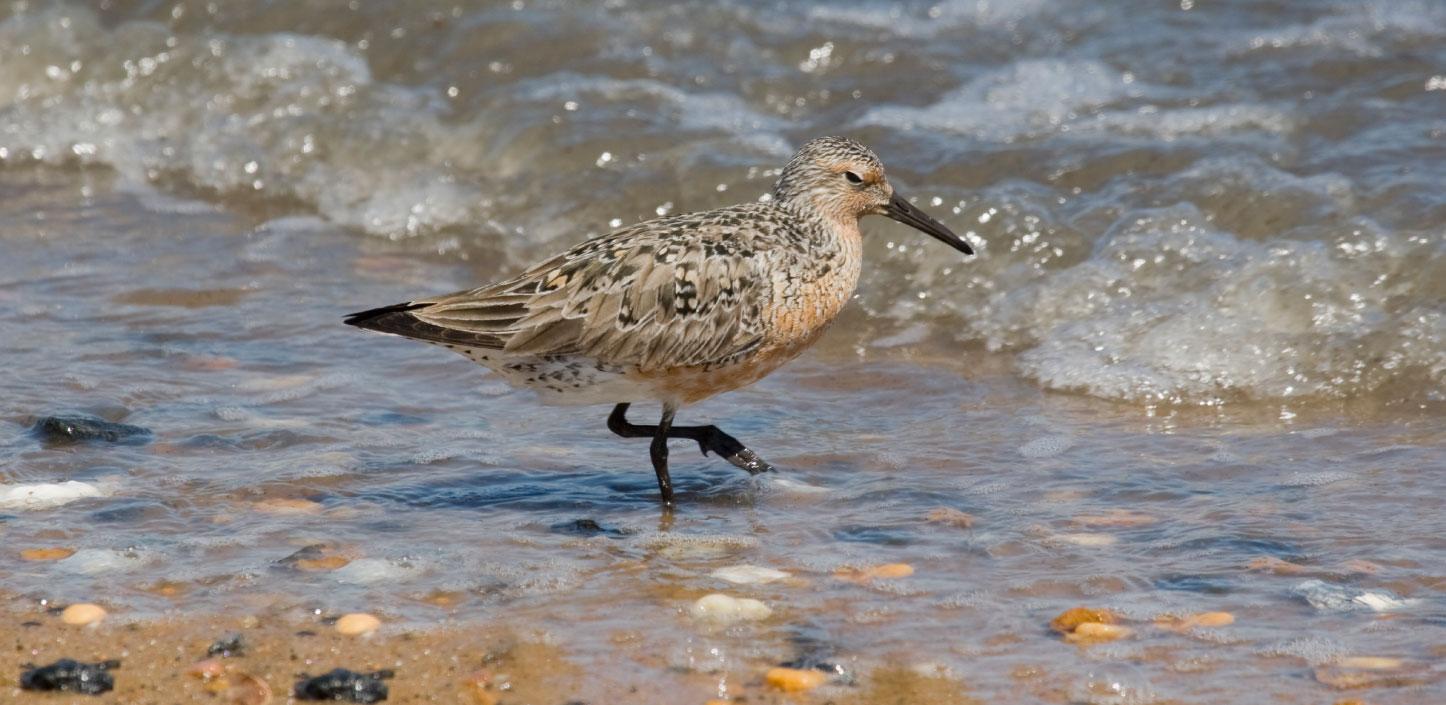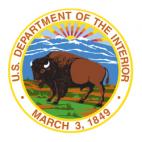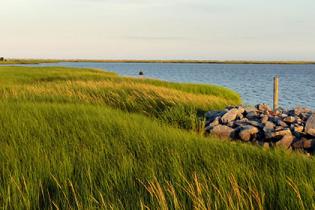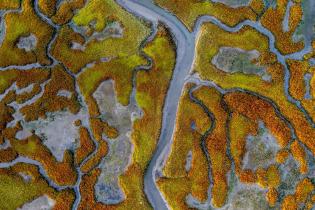
Hurricane Sandy Coastal Resiliency Competitive Grant Program
The Hurricane Sandy Coastal Resiliency Competitive Grant Program (Hurricane Sandy Program) was designed to restore key habitats and bolster natural systems, enabling them to withstand the impacts of future storms. The Program funded 78 projects in 12 states and Washington, D.C., with the bulk of projects in states hardest hit by the hurricane, including: New Jersey, New York, Connecticut, Delaware, Maryland, Massachusetts, New Hampshire, Ohio, Pennsylvania, Rhode Island, Virginia, West Virginia, and the District of Columbia. The Hurricane Sandy Program is no longer active. Applicants seeking grants for coastal resilience projects are encouraged to consider the National Coastal Resilience Fund, and NFWF’s regionally-focused coastal programs, including the Long Island Sound Futures Fund, Delaware Watershed Conservation Fund and Chesapeake Bay Stewardship Fund.
Partner
In 2013, the Disaster Relief Appropriations Act of 2013 (Sandy Supplemental) appropriated $829.2 million for the Department of the Interior (DOI) to rebuild and repair coastal assets and make strategic investments in future coastal resilience. With these funds, DOI provided $204 million to support DOI-led projects designed to strengthen natural ecosystems in the region affected by Hurricane Sandy in order to reduce ecosystem and community vulnerability to coastal storms, sea level rise, flooding and erosion.
In addition, DOI partnered with NFWF to administer the Hurricane Sandy Program to support projects led by state and local governments, tribes, nonprofits and universities. Between 2014 and 2024, NFWF supported 78 coastal resilience projects, totaling $111.6 million in grant funding. Grantees provided an additional $74.1 million in cash and in-kind contributions, for a total conservation impact of $183.7 million. These projects are benefiting 210 communities and achieved the following results:
- Restored a total of 9,981 acres of marsh and floodplain, buffering communities from flooding and sea level rise.
- Removed or replaced 30 barriers to fish passage (dams and culverts), which opened 288 miles of upstream habitat while reducing flood risk to upstream and downstream communities.
- Restored or created 157 miles of riparian, beach/dune and living shoreline.
- Restored more than 225 acres of beach/dune, riparian and floodplain habitat to buffer communities.
- Installed nature-based solutions to reduce more than 182 million gallons of stormwater runoff.
- Created 126 management plans or assessments, 85 site-specific designs and 65 resilience tools to identify, describe or prioritize future actions that would improve community resilience.
- Engaged more than 3,200 youth and veterans and more than 5,500 volunteers.
These projects reduced flooding and coastal erosion and storm risks to communities, improved ecological resilience through habitat improvements, and helped communities better prepare for future storms. Results demonstrate improved ecological functioning and decreased flooding risk. Projects are continuing to generate economic benefits for communities through the reduced risk of economic loss from coastal hazards.
To learn more about the program’s impact, explore the following resources:
- Coastal Resilience Dashboard, which displays the conservation impacts from projects funded by the Hurricane Sandy Program, the National Coastal Resilience Fund and the Emergency Coastal Resilience Fund. The Dashboard is a valuable tool for visualizing NFWF’s impact on coastal communities and vital habitats across the U.S. by tracking ecological and socioeconomic outcomes of projects and programs.
- Hurricane Sandy Monitoring and Evaluation website, which provides access to a range of evaluation and assessment products conducted as part of the Hurricane Sandy program, including two third-party program evaluations, and case studies that assessed the socioeconomic impact of projects.
| Coastal Resilience Dashboard | View Website | |
| Monitoring and Evaluation | View Website | |
| Grantees in the News | View Website | |
| Grants List | Download the PDF |
Director, Northeastern Regional Office
Senior Coordinator, Northeast Region Programs



